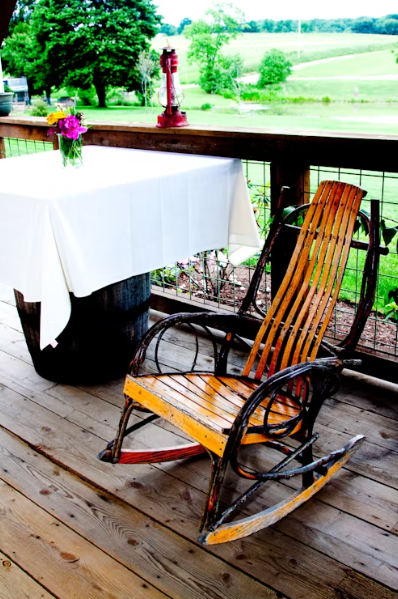
Rewilded Lawns: How Americans Are Replacing Grass with Wildflowers
Share
Rewilded Lawns: How Americans Are Replacing Grass with Wildflowers
Perfect green lawns are fading fast — and that’s a good thing. Across the U.S., homeowners are trading in thirsty, high-maintenance grass for rewilded lawns filled with native wildflowers, clover, and grasses that grow naturally.
This “rewilding” movement, trending heavily on TikTok and Reddit gardening forums, celebrates nature’s return to the front yard. Instead of fighting weeds, mowing weekly, or pouring on fertilizers, people are letting nature do what it does best: grow beautifully wild.
1. What Is a Rewilded Lawn?
A rewilded lawn is a yard intentionally planted (or allowed) to grow native plants, wildflowers, and pollinator-friendly species rather than uniform turf.
It mimics local ecosystems — attracting bees, butterflies, and birds — while reducing maintenance and water use.
Think of it as a living, evolving garden that changes with the seasons — colorful in spring, buzzing in summer, and softly golden in fall.
2. Why Americans Are Rewilding Their Lawns
-
Climate & Cost: Traditional lawns use thousands of gallons of water per year. Wildflower lawns thrive naturally.
-
Pollinator Support: Rewilded lawns restore habitats for bees, butterflies, and other vital species.
-
Low Maintenance: Less mowing, watering, and fertilizing.
-
Natural Beauty: A layered, ever-changing look that feels alive, not artificial.
-
Cultural Shift: Younger homeowners (20s–40s) are prioritizing sustainability and biodiversity over “perfect lawns.”
According to Google Trends, searches for “wildflower lawn mix” and “no mow yard ideas” have doubled in the U.S. since spring 2024 — and show no sign of slowing.
3. How to Start Your Own Rewilded Lawn
Step 1: Stop the Cycle
Skip chemical fertilizers and pesticides — they disrupt the natural balance.
Step 2: Choose a Seed Mix
Pick native wildflower blends suited to your region (e.g., Northeast, Midwest, or Pacific mix). Include clover, black-eyed Susan, coneflower, and native grasses.
Step 3: Prepare Lightly
Mow your grass short once, then rake the soil to expose patches for seeds.
No need to till — simplicity is the rewilding rule.
Step 4: Sow & Let Grow
Scatter seed mix evenly and water lightly for 2–3 weeks.
After that, let nature handle the rest.
Step 5: Seasonal Care
Mow once or twice a year to control height and reseed every few years to keep diversity strong.
4. Design Ideas for a “Wild Yet Intentional” Look
-
Define Borders: Frame wildflower areas with stone edging or mown pathways.
-
Add Pathways: Curving gravel or mulch paths give structure to natural growth.
-
Mix Heights: Combine tall meadow plants with low-growing clover for a soft layered effect.
-
Blend Art & Nature: Place rustic benches, birdbaths, or terracotta pots for focal points.
-
Let It Evolve: Each season will surprise you — that’s the beauty of rewilding.
5. Why Homeowners Love This Trend
✅ Saves time and money — less mowing, watering, and upkeep.
✅ Restores nature — provides real habitat for pollinators and birds.
✅ Visually stunning — colorful and ever-changing through the year.
✅ Climate-smart — reduces carbon footprint and supports soil health.
✅ Emotionally grounding — reconnects people with nature in their own yards.
